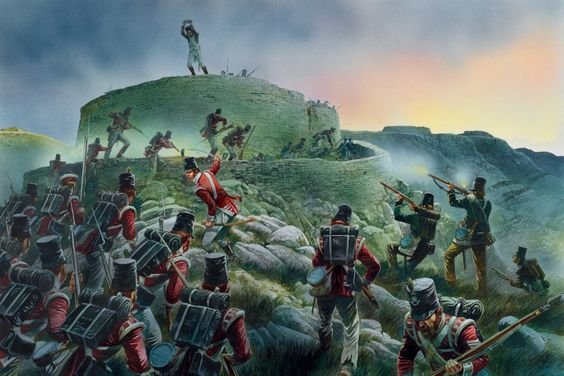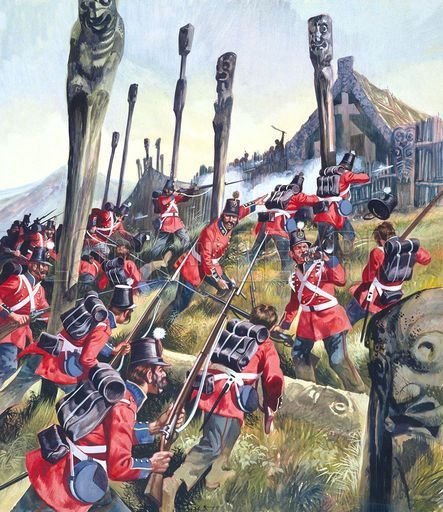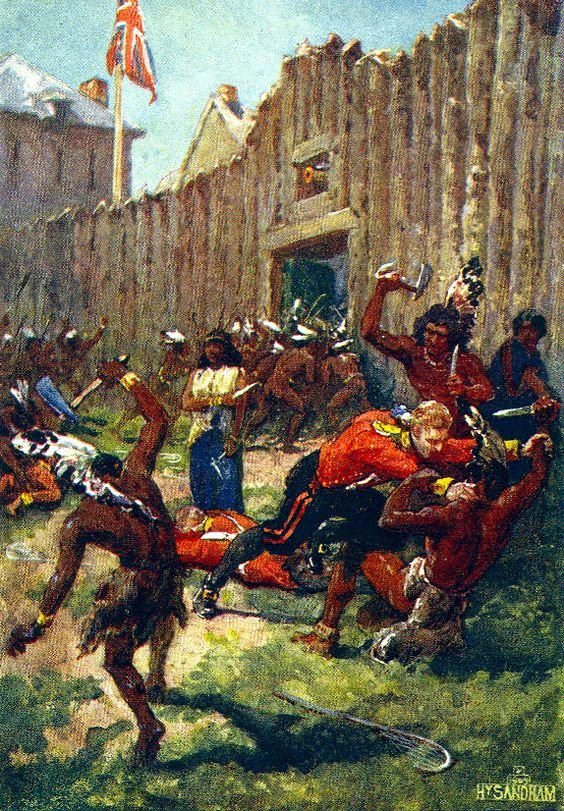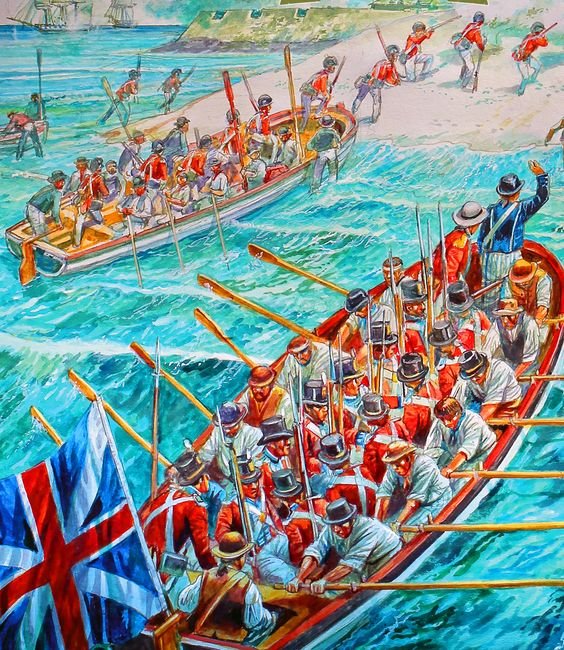Reclaiming History: The Maori Land Wars and Their Resistance

Aotearoa, a beautiful land that attracts visitors from the whole world. However, this land has a turbulent history that is marked by conflict, resistance and also resilience. The indigenous Maori people have gone through lot of struggles against the colonial encroachment and injustice which has gone unnoticed by many. Fought in the 19th century, these wars were not just fight for a particular territory but battles for cultural identity and the very survival of the people. The Maori community that spreads from the hills of Tranaki to the plains of Waikato and beyond rose up against all the odds and even the forces of British. Yet, their stories stays in the corner of New Zealand history books.
The New Zealand land wars or the Maori wars, happened in the New Zealand between 1845 and 1872. There were several reasons that led to these wars but the main reason was the sale of Maori land to the white settlers. However, before all this there was a treaty signed “Treaty of Waitangi”. This promised the Maori community that they would be in full control of their lands, forest, fisheries etc. Yet, some of these lands were sold to the settlers before the treaty was signed along with that some of these deals were also questionable. Now to prevent further clashes, the British colonial authorities decided that Maori could only sell the land to the government. This also meant that the British Crown had the first right to but the land from these people, this was known as the right of preemption.

The tension between the Maori and the settlers escalated as these settlers did not understand that land was owned collectively by the natives and that allowing them to live didn’t always mean it was for sale. Even though the treaty of Waitangi that was signed promised to protect the land rights for the natives, the colonial government began to disregard these promises. They allowed these settlers to move into their areas where land ownership was uncertain. The natives began resisting this trespassing of settlers on their land, which led to the beginning of these wars. It is evident that when ever two different culture come into contact, there are always misunderstandings due to the lack of knowledge about each other’s customs and practices. At first, New Zealand was better at respecting its indigenous people compared to the other colonies. However, the desire for more land and a lack of interest in understanding their culture caused conflicts and broke down their trust.
In 1843, these wars began with the Wairau Affray, when nelson settlers trued to take the lands that they did not own which resulted in 22 deaths. After which the flagstaff war took place around the Bay of Islands in March 1845 and January 1846. This war was about the Mana tribal prestige and the custom duties. Which means, it was between the Maori chiefs and the British fighting on one side for the prestige of British empire. Then, conflicts like Hutt Valley Campaign and Wanganui Campaign took place, both were about the European settlers taking the native land.

Maori was strong and hence proved to be gave a tough fight in these early conflicts but they could not aim to drive out these settlers. These battles did not stop and therefore an agreement took place, which stated that English law would apply in towns and Maori law in other areas. Hence, because of this there was relative peace and economic cooperation for more than a decade.
The tensions however, did not leave this place. In the year 1859, when the population of settlers equaled to that of the Maori, conflicts emerged. Wars like First Taranaki and the invasion of Waikato in 1863 took place. This was the biggest conflict that resulted in the confiscation of the native Maori land. This resulted in many smaller conflicts like the Te Kooti’s war and the Titokowaru’s war until the major violent conflicts between the colonial government and the Maori ended.
There was a visible decline in the Maori population which further raised concefn about their survival. The natives believed that the entire British population was shifting to New Zealand. The issue was that Maori fought on both sides either for or against the British. For instance, in the flagstaff war, Maori allies were independent of British command, while some were even fighting against each other. The wars were not simply two-sided conflicts. As there were some Britishers fighting for Maori, they were called Pakeha Maori and vice versa.

By the year 1870, the last remaining troops of the British left New Zealand, aligning with the country’s self-reliant policy and British army reforms. Despite these complexities, these problems marked an important period in the history of New Zealand, and helped in shaping its culture and political landscape for the years that will come.
Talking about the war, Britishers had to face Maori soldiers who had years of Combat experience. This included the survivors of Musket war and the inter-tribal conflicts. Britishers fought using European techniques, aiming to capture enemy strongholds. However, what made Maori different and strong was that they fought for mana, economic advantage and the challenge of the battle. They built fortified settlements which were known as Pa, their specialty was that they were residential but designed for defense. Despite the efforts of Britishers to besiege them, Maori could easily abandon and rebuild Pa elsewhere.
The challenges that were faced by Maori was that they could not sustained prolonged campaigns. Their warrior society, which included civilians with part time fighters, struggled to support extended warfare. Whereas, the British soldiers could sustain operations for longer periods. The final conflicts that were led by Te Kooti and Titokowaru incorporated different strategies. The later effectively utilized Pa to challenge the government while the former used Guerilla tactics, which lacked success in defending fixed positions. Finally, the ability of Britishers to outlast Maori in prolonged warfare contributed to their victory.

The government of New Zealand, went on to confiscate large Swathes of land from Maori tribes as a punishment for rebellion. However, the reality was something else, the land was taken from both tribes considered “loyal” and those labelled as “rebels”. More than 4 million of land was taken away, with only about half of it eventually returned. Even today the repercussions of this war persist, but the battleground has changed. It has moved to courtroom and negotiations. Reports from the Waitangi tribunals have criticized the actions of the crown during the wars and have highlighted the breaches of the treaty. In response, the crown has acknowledged the aspects of its conduct that includes warfare, land confiscation and violating treaty principles.

In conclusion, New Zealand left a profound impact on the country’s history, that helped in shaping its social, economic and political landscape. The conflicts that took place on disputes over land, ownership and sovereignty resulted in significant loss and suffering for Maori communities. While the battles may have subsided, the legacy of the wars remains with ongoing efforts to address historical grievances and promote reconciliation. Courtroom battles and negotiation tables have become the modern trend of seeking justice, with the Waitangi tribunals playing a crucial role n scrutinizing the colonizers’ action and advocating for treaty rights. However, the process of getting justice is ongoing while the scars of the New Zealand wars continue to shape discussions around their own rights, land ownership and historical memory.
As New Zealand moves forward, it is important for them to confront their past, honor their traditions and work towards a future where the grievances of the past are addressed and along with that the rights and aspirations of all citizens are respected.


